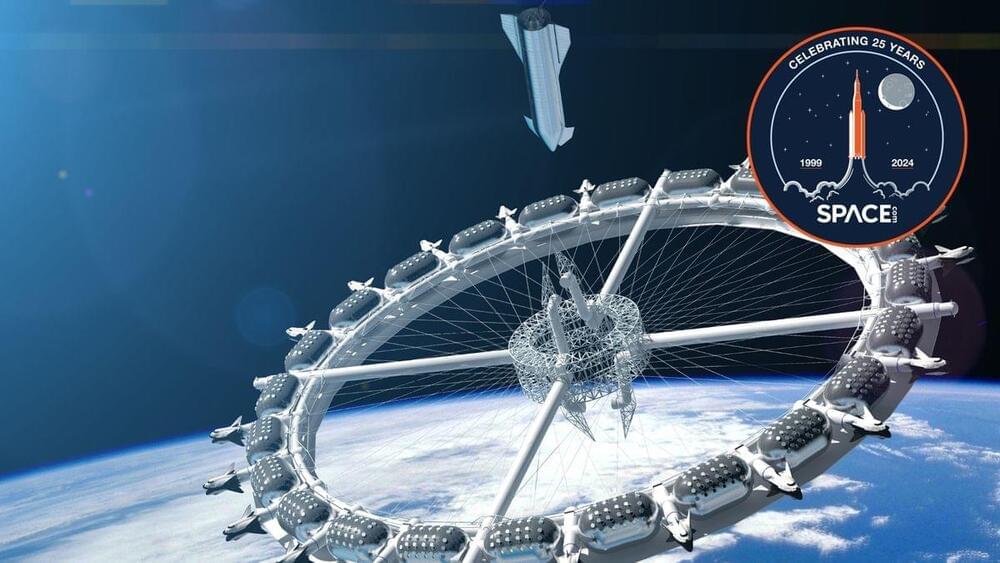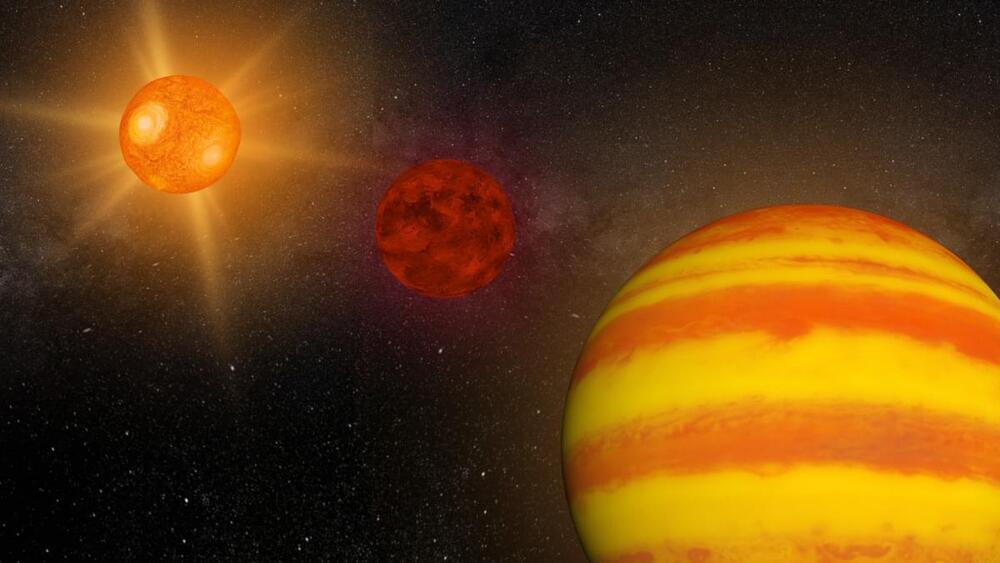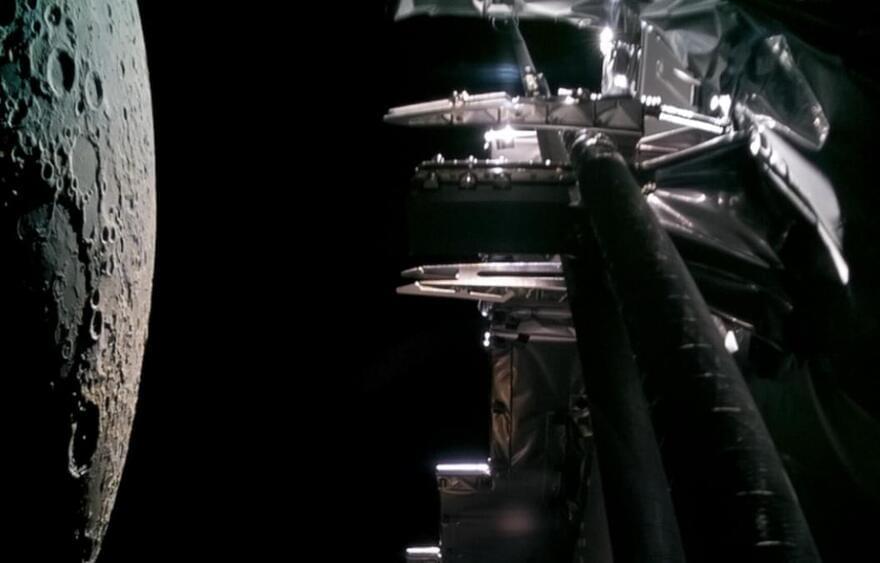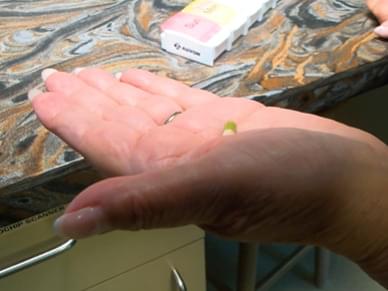As the International Space Station is phased out, a new generation of commercial space stations from private companies will take its place.




Related: These nearby star systems could be good targets in the search for alien life (video)
“Both TOI-1408 b and TOI-1408 c are incredibly close to their parent star compared to the planets in our solar system,” research lead author Judith Korth of Lund University told Space.com. “Imagine our solar system, but instead, Jupiter is orbiting very close to the sun nearly every four days, one-twentieth of the period of Mercury.
This is already very close to the star, and still, we detected another planet even closer to the star that interacts strongly with its big neighbor, causing their orbits to wobble in ways we’ve never seen before.


Jupiter Power, an Austin-based energy developer, owns and operates the project at Hiram Clarke Road and U.S. 90 at the site of the former H.O. Clarke gas-fired power plant. It’s a 200-megawatt facility, enough to power 50,000 Texas homes during the hottest summer days, with the ability to discharge power at maximum capacity for two hours.
On any given day, the Houston area must import about 60% of its needed electricity from other parts of the state where power plants are more plentiful. This often results in a phenomenon known as congestion: Low-cost electrons are clogged on power lines into Houston much like commuters on the highway during rush hour, which raises the wholesale cost of electricity in the region. These wholesale price spikes are initially paid by retail electric providers and can eventually be passed onto consumers.


A spacecraft just sped between Earth and the moon, en route to the deep solar system.
And as it zipped by the cratered lunar orb on Aug. 19, the European Space Agency’s Juice mission snapped views of the 21st-century space scene.
“Sometimes the journey is just as worthy as the destination,” ESA director Josef Aschbacher posted online. “As humankind embarked on the monumental first lunar-Earth flyby, @ESA’s Jupiter Icy Moons Explorer (Juice) mission captured a breathtaking glimpse of our natural satellite.”

Episode · Walden Pod · In this clip, we discuss natural teleology. Subscribe at patreon.com/waldenpod for the patron feed, where you can hear the full version of this episode and others.
I wonder if the common relativistic wave equations contain a sort of soliton solutions, which might be considered as particle localisations.

Next trial will be 10 dogs. And human trials for osteo-arthritis in late 2025.
SARASOTA, Fla. (WWSB) — We’ve all heard the phrase 50 is the new 40″ but what if 90 became the new 40? It may sound like science fiction but authors of a new age reversal study on dogs say it could be closer than you think.
One Suncoast rescue organization was granted permission to use the age reversal pill on two of it’s senior dogs struggling with health issues.
Less than six months ago, 12-year-old German Shepard Zeus was near death. His caretaker, Marsha Panuce at Donte’s Den in Myakka City, says she woke up one morning in March to find the dog clinging to life.